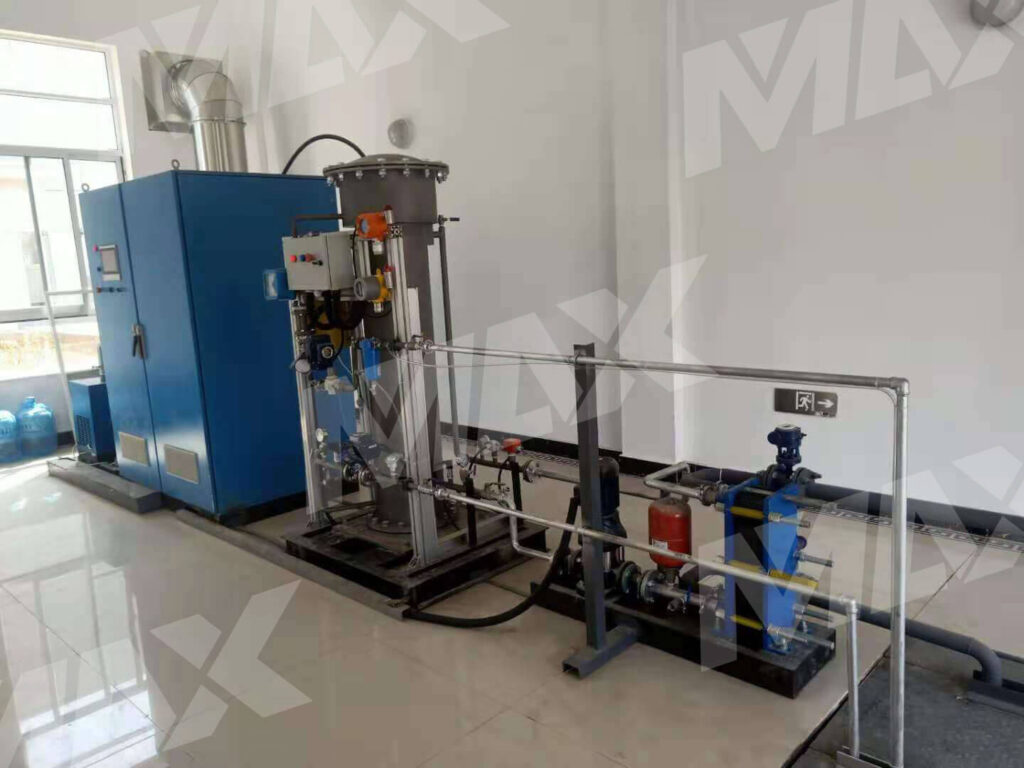Components of the ozone generator system
The application of ozone generator process is mainly in the following three forms:
- O3 pretreatment. (2) O3 biological activated carbon treatment combined with granular activated carbon filtration (3) O3 disinfection.
No matter what O3 process is used, the water plant O3 system consists of the following four basic parts: (1) gas source (2) O3 generation system (3) O3 contact pool (4) tail gas destruction system.
There are three main air sources, one is the use of finished pure liquid oxygen, the second is the preparation of pure gaseous oxygen with air on site, and the third is the direct use of air. In order to improve the concentration of O3, save energy consumption, and reduce the size of equipment and pipelines, the current more advanced O3 generators mostly use the first two ways to prepare O3. The third method is suitable for occasions where the O3 output is small.

The occurrence of O3 is completed by the O3 generator, and the tube generator is the most widely used at present.
The main factors affecting the O3 output and concentration are discharge voltage, discharge frequency, gas pressure and cooling water temperature. Specifically, the O3 output and concentration of the O3 generator increase with the increase of discharge voltage and discharge frequency, and decrease with the increase of gas pressure and cooling water temperature. Practice has proved that the general discharge voltage is 3000 ~ 9000 V, the discharge frequency is 800 ~ 1000HZ, the gas supply pressure is 0.21 ~ 0.23Mpa, and the cooling water temperature is less than 30οC.
ozone generator contact refers to the process of diffusing O3 gas into the liquid in a certain way and making it fully in contact with the liquid and completing the expected reaction. This process is accomplished by an O3 contact cell. Different process objectives and corresponding reactions determine the contactor form and contact time in the contact cell. The forms of contactor mainly include microbubble diffusion contact, turbine diffusion contact, water jet diffusion contact and contact filler diffusion contact. At present, water ejector diffusion contact is more commonly used for raw water, and microbubble diffusion contact is more common for clean water.
The exhaust gas destruction system collects the remaining O3 gas discharged from the contactor and artificially decomposes it into environmentally harmless O2. There are two main methods to destroy the tail gas, one is the chemical catalyst method, the other is the heating decomposition method. At present, the heating decomposition method is widely used.
 max ozone generator
max ozone generator
